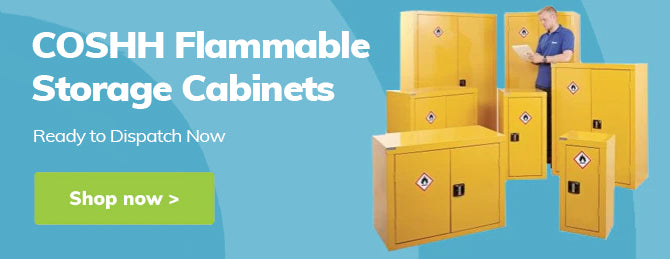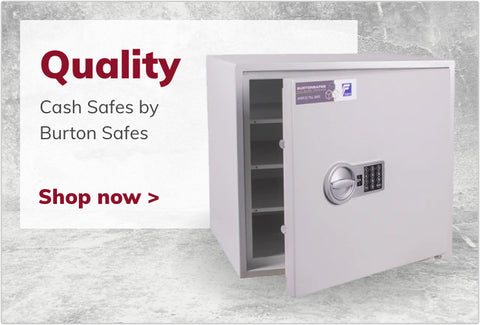Fire and Safety Equipment, Storage, Security & Workplace Management Solutions
We offer a huge range of high quality, great value fire and safety equipment from the UK’s most trusted brands.
Order online today and get FREE UK delivery when you spend £100 or more! If you require any advice or have a question about any of our products, you can contact our Fire and Safety Centre team.
Fire Safety from the UK’s Most Trusted Brands
Here at Fire and Safety Centre, we are proud to supply a wide range of fire safety equipment and storage solutions from the industry’s leading brands. We provide all our customers with the best quality of service and the best products on the market to ensure your workplace is safe and secure.
Our productsOur bestsellers


Quantity Discounts
£323.94 inc VAT

Quantity Discounts
£1,187.94 inc VAT


Quantity Discounts
£203.06 inc VAT


Quantity Discounts
£201.14 inc VAT

£33.00 inc VAT


£239.34 inc VAT

£166.74 inc VAT

£94.20 inc VAT


£244.96 inc VAT


£69.12 inc VAT
Our vast product range provides everything from protection against fire damage to security from theft. There are hundreds of products and storage solutions to choose from right here on our website. Here are some of our most popular products:
Our productsPopular Categories

Fire Blankets
Fire Hose Reels
Fire Extinguisher Cabinets
Fire Extinguisher Stands

Chemical & Acid Cabinets
COSHH Cabinets
Gas Bottle Cages
Hidden link

Emergency Plans Boxes
Anti Climb Spikes
Winter Maintenance
Hidden link

Fireproof Filing Cabinets
Fire Resistant Cabinets
School Lockers
Hidden link
Whether you are looking to secure your valuables or you need to replace your fire safety equipment, we’ve got the products you need. We supply a broad range of fire safety and prevention products, as well as various storage solutions for a range of environments. You can easily find what you need by navigating through our product categories.
Get Discounts on Your Order
Our Fire and Safety Centre team are passionate about providing high quality safety equipment. That is why we offer quantity discounts on anything you buy a lot of. From liquid storage cabinets to fire extinguishers, we have a range of products available with our quantity discount offers. We will also provide you with a FREE QUOTE for your order so you know exactly what the cost will be before you buy.
Choose Fire & Safety Centre for Your Safety Equipment
Here at Fire and Safety Centre, we provide all the essential building and site safety products to ensure you and your employees are safe. We supply a full range of fire safety supplies, secure workplace storage and more to help you ensure your workplace is compliant with Health and Safety Standards. Explore our full range of products right here on our website and get discount on the products you buy and get FREE UK delivery when you spend £100 or more!


















